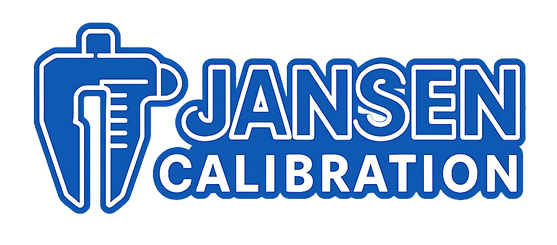No products in the cart.

High-precision temperature calibrators are essential in laboratories, manufacturing plants, and industrial facilities where temperature accuracy can mean the difference between compliance and costly product recalls. These instruments are used to verify and adjust temperature measurement devices such as RTDs, thermocouples, and thermistors — ensuring that readings remain accurate over time.
However, instrument drift is a common challenge that can undermine calibration accuracy. Drift refers to the gradual deviation of an instrument’s output from its true value, caused by component aging, environmental conditions, or mechanical stress. If left unchecked, drift can lead to significant measurement errors and non-compliance with industry standards.
In this guide, we’ll explore what causes drift in high-precision temperature calibrators, how to prevent it, and what best practices can extend your calibrator’s life and accuracy. We’ll also link to Temperature Measurement Equipment and Temperature Calibrators for reference.
Understanding Drift in Temperature Calibrators
Drift is a slow and continuous change in the calibration accuracy of an instrument. In temperature calibrators, this can result in:
Incorrect reference temperatures
Inconsistent calibration results across devices
Non-compliance with ISO/IEC 17025 or other standards
Common Causes of Drift:
Component Aging – Resistors, sensors, and electronics degrade over time.
Thermal Cycling – Frequent heating and cooling cycles can alter material properties.
Mechanical Stress – Handling, vibration, and physical shocks can affect sensor alignment.
Environmental Factors – Humidity, dust, and temperature fluctuations can impact internal components.
Impact of Drift on Industrial Operations
In sectors like pharmaceuticals, aerospace, and food production, even a 0.1°C error in temperature measurement can have serious consequences:
Product Quality: Incorrect temperature can cause chemical instability or contamination.
Regulatory Compliance: Standards such as ISO 9001, FDA 21 CFR Part 11, and GMP require tight temperature control.
Operational Costs: Drift can result in rework, wasted materials, and downtime.
Best Practices to Prevent Drift in High-Precision Temperature Calibrators
1. Regular Verification and Calibration
Schedule periodic verification using a secondary reference standard to detect drift before it affects results. For example, compare your calibrator’s output against a certified reference thermometer.
Related Category: Temperature Calibrators
2. Maintain a Controlled Environment
Store and operate calibrators in temperature- and humidity-controlled environments. Avoid locations prone to vibrations or dust accumulation.
3. Use Proper Warm-Up Procedures
Allow the calibrator to reach thermal stability before use. Skipping warm-up time can introduce errors and accelerate drift.
4. Follow Manufacturer’s Maintenance Guidelines
Every model has unique care requirements. For example, the Fluke 9142 Field Metrology Well includes manufacturer-recommended checks to maintain ±0.01°C accuracy.
Example Product: Fluke 9142 Field Metrology Well Temperature Calibrator
5. Limit Overuse in Extreme Conditions
Avoid exposing the calibrator to continuous high-temperature operation at maximum limits, as this stresses components and increases drift rate.
6. Use Calibration Software for Trend Analysis
Advanced calibrators often include data logging capabilities. Use this data to monitor output trends and identify drift early.
Selecting a High-Precision Temperature Calibrator with Low Drift
When choosing a calibrator, consider:
Drift Specification: Manufacturers specify allowable drift per year; lower is better.
Stability Rating: Indicates how stable the temperature remains over time.
Portability vs. Accuracy: Portable field calibrators may have higher drift than lab-grade models.
Compatibility: Ability to calibrate multiple sensor types (RTDs, thermocouples, thermistors).
Top Recommended Models for 2025
Fluke 9170 Laboratory Metrology Well – Exceptional stability for laboratory applications.
Ametek JOFRA RTC Series – Designed for low drift in demanding industrial settings.
Isotech Pegasus – Offers extremely stable temperature control for ultra-precise applications.
Explore the full range: High-Precision Temperature Calibrators
Conclusion
Preventing drift in high-precision temperature calibrators is a combination of:
Routine verification
Controlled operation environment
Proper handling and maintenance
By following these practices and selecting the right equipment, process technicians and calibration labs can maintain measurement accuracy, regulatory compliance, and operational efficiency.
